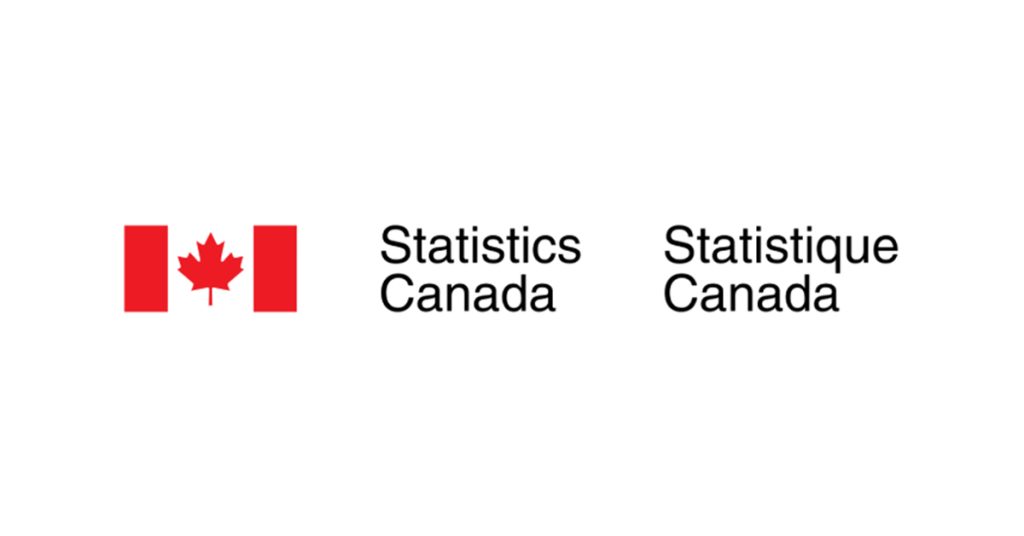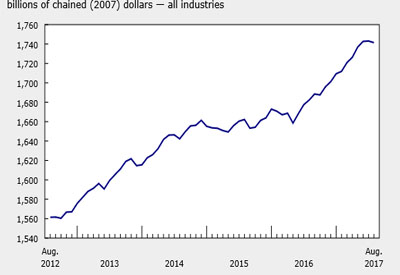Monthly Survey of Manufacturing, June 2023
August 15, 2023

Manufacturing sales decreased 1.7% to $71.5 billion in June, on widespread declines over 14 of 21 subsectors, led by the petroleum and coal product (-8.3%), chemical (-6.5%), and machinery (-5.5%) subsectors.
Sales of motor vehicles increased the most, rising 11.4% to $5.6 billion in June. On a quarterly basis, total sales fell 0.8% in the second quarter of 2023, mainly on lower sales in the petroleum and coal product (-8.1%) and primary metal (-8.9%) subsectors. Year over year, total sales decreased 1.4% in June.
Total sales in constant dollars declined 1.0% in June, indicating a lower volume of goods sold. The Industrial Product Price Index fell 0.6% in June.
Sales decrease in the petroleum and coal product subsector
Sales of petroleum and coal products declined 8.3% to $7.9 billion in June, the second consecutive monthly decline and the lowest level since December 2021. On a quarterly basis, petroleum product sales were down 8.1% in the second quarter of 2023. The month-over-month decline in June was attributable to lower volumes (-10.8%), as prices of refined petroleum energy products (including liquid biofuels) rose 2.5% in June.
Widespread slowdowns in economic activities as well as lower international trade weighed down industrial energy consumption and contributed to the decline in real sales of petroleum in June. Exports of refined petroleum energy products (including liquid biofuels) decreased 9.1% in June.
Following two consecutive monthly gains, sales of chemicals fell 6.5% to $5.8 billion in June, mainly driven by a 62.8% decline in sales of pesticide, fertilizer, and other agricultural chemicals. Sales of fertilizers declined in June, following the spring planting season in May where sales reached their highest level on record. Sales were higher in the first half of 2023 compared with the first half of 2022. Prices of fertilizers, pesticides and other chemical products decreased 0.9% in June. The sanctions imposed on Russia and Belarus since Russia invaded Ukraine in February 2022 have disrupted the global supply of fertilizers.
Some large fertilizer importers such as Brazil, which are facing the supply shortage, began to import fertilizers from alternative sources including Canada, resulting in higher sales of fertilizer products in Canada in the first half of 2023 compared with the same period a year earlier. On a yearly basis, total sales of chemical products posted a 6.2% decrease in June, while they were up 5.0% in the second quarter of 2023.
Sales of motor vehicles increase the most
Many auto manufacturing plants increased their production in June and operated at a higher production capacity, leading to an 11.4% increase in sales of motor vehicles to $5.6 billion, the highest level since June 2019. On a quarterly basis, motor vehicle sales were up 8.1% in the second quarter of 2023, the third consecutive quarterly gain. Sales of motor vehicle parts, however, declined 6.8% in June following a significant increase in May. The exports of motor vehicles and parts increased 4.7% in June.
Sales decline in five provinces, led by Alberta and Ontario
Manufacturing sales fell in five provinces in June, led by Alberta and Ontario. Sales in Quebec increased the most.
In Alberta, sales decreased 8.0% to $8.5 billion in June, the lowest level since January 2022, largely on lower sales of petroleum and coal products (-12.8%) and chemicals (-17.6%). The decline in the petroleum and coal product subsector was the main contributor to a 9.6% decrease in total sales in Edmonton. With the decline in June 2023, total sales in Alberta were 8.4% lower compared with June 2022 and decreased 2.8% in the second quarter of 2023 compared with the first quarter.
Sales in Ontario fell 1.1% to $32.6 billion in June, mainly driven by the motor vehicle parts industry group (-7.1%), as well as the petroleum and coal product (-10.0%) and machinery (-7.2%) subsectors. The declines were partially offset by a 10.9% increase in sales of motor vehicles. Sales in Toronto declined 3.5% to $13.2 billion in June, largely on lower sales in the transportation equipment subsector (-4.2%). Sales of transportation equipment in Toronto were at their highest level on record in May.
In Quebec, sales rose 1.0% to $17.7 billion in June, on higher sales of primary metals as well as chemical products. Despite lower prices for primary non-ferrous metal products in June (-3.7%), their sales were up, mostly due to the end of an unplanned shutdown in a non-ferrous plant in Quebec. Despite the gain in total manufacturing sales in Quebec in June, sales in Montréal fell 2.1% on lower production of aerospace products and parts (-6.6%), while Québec posted an 8.1% decline due to lower sales of petroleum and coal products. On a year-over-year basis, total sales in the province were down 3.5% in June.
Total inventories increase
Total inventory levels edged up 0.3% to $123.2 billion in June, on higher inventories in 9 of 21 subsectors, driven by higher inventories of aerospace product and parts (+3.3%) and chemicals (+2.5%). The gains were partially offset by lower inventories of primary metals (-1.9%) and machinery (-1.9%). On a year-over-year basis, total inventories rose 5.0% in June.
The inventory-to-sales ratio increased from 1.69 in May to 1.72 in June. This ratio measures the time, in months, that would be required to exhaust inventories if sales were to remain at their current level.
Unfilled orders edge up
The total value of unfilled orders edged up 0.2% to $104.5 billion in June, primarily on higher unfilled orders of motor vehicles as well as electrical equipment, appliances, and components.
Capacity utilization rate increases
The capacity utilization rate (not seasonally adjusted) for the total manufacturing sector rose from 80.3% in May to 80.8% in June, mainly on a higher capacity utilization rate in the transportation equipment (+2.9 percentage points), non-metallic mineral product (+4.3 percentage points) and petroleum and coal product (+2.6 percentage points) subsectors.











